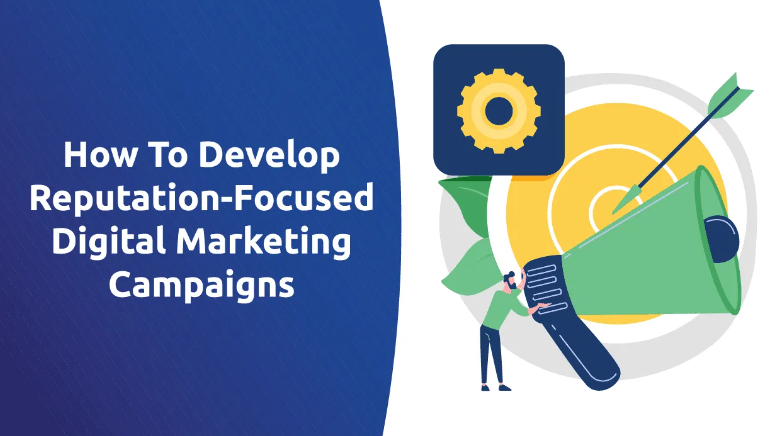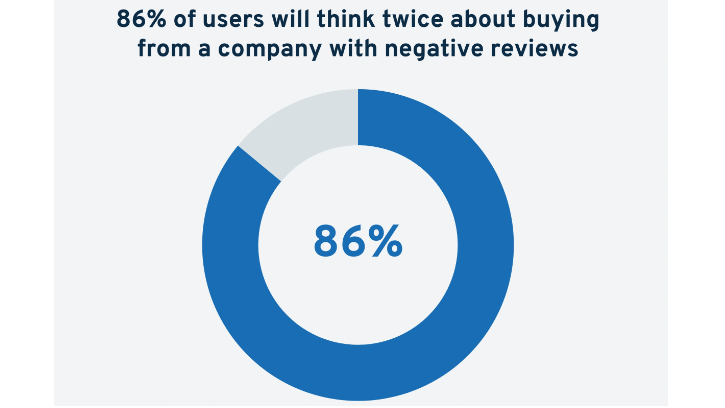
In today's digital age, a company's reputation is more critical than ever. On a scale of 1 (Not Important) to 10 (Most Important), the importance of a company's reputation easily ranks at a 10. But what happens when the online perception of your business is anything but a 5-star rating? Let's explore the tools and strategies available to help you build and maintain a stellar reputation.
The Importance of Reputation
- Consumer Trust: A strong reputation directly affects customer trust and their purchasing decisions. Without at least six 5-star reviews, your business isn't trusted online.
- Influence on Decisions: 97% of consumers aged 18-34 read online reviews to judge a local business. This unique age group of millennials heavily relies on reviews to make decisions.
- Impact on Financial Performance: Positive reviews and high ratings lead to higher conversions and increased revenue.

Tools and Strategies for Reputation Management
- Reputation Marketing
- Monitoring Business Listings
- Review Building Strategy
- Analyzing Strategy and Success
- Consumer Interaction
Conclusion
A company's reputation is undeniably crucial in today's market. By leveraging reputation marketing, monitoring business listings, building a robust review strategy, analyzing success, and engaging in consumer interaction, you can ensure that your business maintains a 5-star reputation. Remember, a strong reputation not only builds trust but also drives financial performance and customer loyalty.
By following these strategies and utilizing the available tools, you can effectively manage and enhance your company's reputation, ensuring it reflects the high standards and quality of your business.
 Add Row
Add Row  Add
Add 




Write A Comment